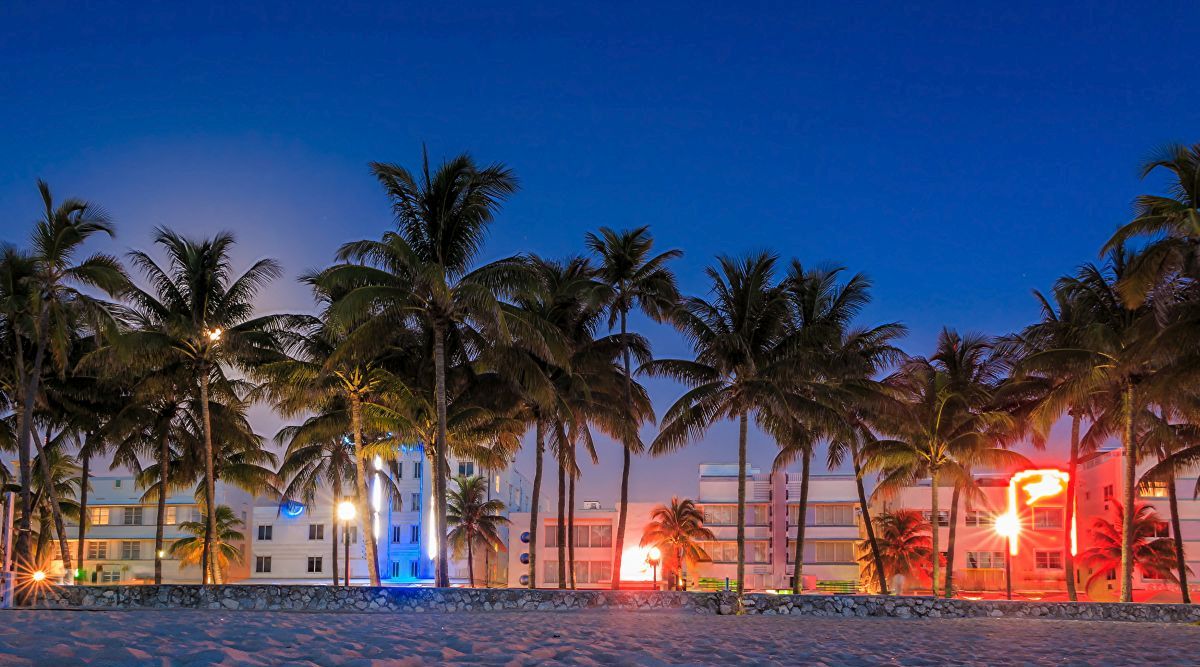-
Learn more:
- History of Train Transportation in Boston
- The Benefits of Train Transportation
- The Train Transportation System in Boston
- The Red Line
- The Orange Line
- The Green Line
- Case Study: The Green Line Extension Project
- FAQ
- Q: How much does it cost to ride the train in Boston?
- Q: Are trains in Boston accessible for people with disabilities?
- Q: How often do trains run in Boston?
- Q: Can I bring my bike on the train in Boston?
- Q: Is the train transportation system in Boston reliable?
- Conclusion
Boston is a bustling city with a population of over 700,000 people. With so many people living and working in the city, transportation is a crucial aspect of daily life. The city has a well-developed transportation system that includes buses, subways, and trains. In this article, we will explore the efficient and eco-friendly train transportation system in Boston.
History of Train Transportation in Boston
Train transportation has been a part of Boston’s history for over 200 years. The first train in Boston was the Boston and Worcester Railroad, which opened in 1835. Since then, the train transportation system has expanded to include several lines that connect Boston to its suburbs and neighboring states.
The Benefits of Train Transportation
Train transportation offers several benefits over other modes of transportation. Here are some of the advantages of using trains in Boston:
- Efficiency: Trains are an efficient mode of transportation, especially during rush hour. They can carry a large number of passengers at once, reducing the number of cars on the road.
- Eco-Friendly: Trains are an eco-friendly mode of transportation. They produce fewer emissions than cars and buses, making them a more sustainable option.
- Cost-Effective: Train tickets are often cheaper than other modes of transportation, especially for longer distances.
- Convenience: Trains run on a set schedule, making it easy to plan your commute. They also have fewer delays than other modes of transportation.
The Train Transportation System in Boston
Boston has a well-developed train transportation system that includes several lines operated by the Massachusetts Bay Transportation Authority (MBTA). Here are some of the train lines in Boston:
The Red Line
The Red Line is one of the busiest train lines in Boston. It runs from Alewife Station in Cambridge to Ashmont Station in Dorchester. The line has 22 stations and runs through several neighborhoods, including Harvard Square, Central Square, and Downtown Crossing.
The Orange Line
The Orange Line runs from Forest Hills Station in Jamaica Plain to Oak Grove Station in Malden. The line has 20 stations and runs through several neighborhoods, including Back Bay, Chinatown, and North Station.
The Green Line
The Green Line is a light rail system that runs from Lechmere Station in Cambridge to Boston College Station in Chestnut Hill. The line has 24 stations and runs through several neighborhoods, including Fenway, Kenmore Square, and Coolidge Corner.
Case Study: The Green Line Extension Project
The Green Line Extension Project is a major infrastructure project that will extend the Green Line from Lechmere Station to Union Square in Somerville and College Avenue in Medford. The project will add seven new stations and improve transportation options for residents in these areas.
The project is expected to be completed in 2021 and will cost $2.3 billion. It is funded by a combination of federal, state, and local funds.
FAQ
Q: How much does it cost to ride the train in Boston?
A: The cost of a train ticket in Boston varies depending on the distance traveled. A one-way ticket on the subway costs $2.40, while a one-way ticket on the commuter rail can cost up to $13.25.
Q: Are trains in Boston accessible for people with disabilities?
A: Yes, all trains in Boston are accessible for people with disabilities. They have wheelchair ramps, priority seating, and audio and visual announcements.
Q: How often do trains run in Boston?
A: Trains in Boston run on a set schedule, with most lines running every 10-15 minutes during peak hours and every 20-30 minutes during off-peak hours.
Q: Can I bring my bike on the train in Boston?
A: Yes, bikes are allowed on trains in Boston. However, there are restrictions on when and where bikes are allowed, so it’s best to check the MBTA website for more information.
Q: Is the train transportation system in Boston reliable?
A: Yes, the train transportation system in Boston is generally reliable. However, there can be delays and service disruptions due to weather, maintenance, or other factors.
Conclusion
The train transportation system in Boston is an efficient and eco-friendly option for commuters and residents. With several lines connecting the city to its suburbs and neighboring states, trains offer a convenient and cost-effective way to travel. The Green Line Extension Project is a testament to the city’s commitment to improving its transportation infrastructure and providing better options for its residents. So, next time you’re in Boston, consider taking the train and experience the benefits for yourself.
Read more: (insert link to SkyLimo website)
Testimonial:
“SkyLimo is an excellent resource for anyone looking for information on transportation options in Boston. Their website is easy to navigate and provides valuable insights into the city’s transportation system. I especially appreciate their focus on eco-friendly options like trains and buses. Thanks to SkyLimo, I was able to plan my commute and explore the city with ease.” – John, Boston resident.

